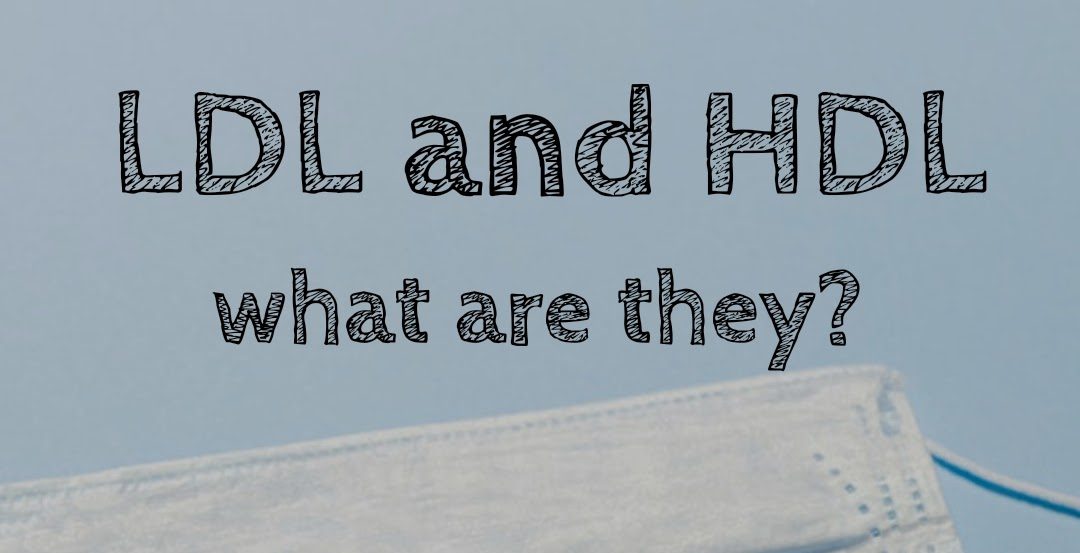What is a lipoprotein?
The simple definition is that it is a combination of fat and protein: Lipo (fat) + protein = lipoprotein. There are several different types of lipoproteins, but most people are familiar with LDL and HDL. LDL stand for low density lipoprotein and HDL stands for high density lipoprotein.
A lipoprotein’s primary purpose is to help transport fat through the blood to the places in the body that need it. Fats are hydrophobic, meaning they don’t mix with water, so they need a special transport vehicle in order for them to move through our system to where they are needed. They are like a bus for fats. We have been told that LDL is the “BAD” cholesterol and HDL is the “GOOD” cholesterol; however, humans need both types of cholesterol to survive. You may remember from my last post that cholesterol is needed for healthy cell membranes, for hormone production, for vitamin D production and many other functions in the body.
What is the difference between HDL and LDL?
LDL particles are much bigger than HDL particles but they have a lower density because of the amount of fat in their core. They have more fat than protein in their structure. LDL is the primary transporter of cholesterol in your bloodstream. In other words, it delivers cholesterol throughout the body to where it is needed. There is a protein on the surface of the LDL called Apo B-100 that supports the structure, helps with enzyme functions and helps the LDL to park in the tissues and let out the fat passengers. The LDL also has another protein called Apo E. This protein helps the LDL to be recognized by the cells throughout the body. Damaged LDL are found in atherosclerotic vessels in the body. Atherosclerosis leads to heart disease. This is why they are often called the bad cholesterol.
HDL particles have a core globule of fat that is surrounded by proteins. They have much less fat and much more protein. They are basically a cholesterol core surrounded by proteins on the surface. HDL cholesterol are created by the liver to go through the system and pickup excess cholesterol from around the body. They bring it back to the liver for reprocessing. HDL help to stop damaged LDL and inflammatory cells from sticking inside our damaged vessels and causing atherosclerosis. That is why they are often called the good cholesterol.
Is LDL bad?
Contrary to what you have been told, there is no direct evidence that persons with higher LDL have higher risk of heart attack or stroke. According to one study, the Framingham Heart study (which is one of the longest running and largest U.S. studies) persons with LDL of 160 are at the same risk as persons with LDL of 100 (Wolfson, 2015, p. 14). It does bear noting that having a low HDL count correlates more closely to higher risk than having high LDL. There is a much bigger picture that you need to look at when determining your risk for heart attack. Simply having high LDL is not a cause for concern. You need to look at the whole picture: LDL, HDL, Triglycerides, particle count, particle size, CAC score, waist to hip ratios, genetic variants in Apo E, levels of Apo B-100, systemic inflammation, blood sugar, insulin and probably much more.
References: Wolfson, J. (2015). The paleo cardiologist: the natural way to heart health. NY, NY: Morgan James Publishing.
